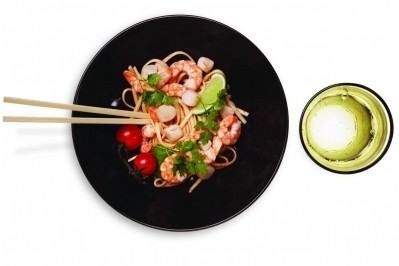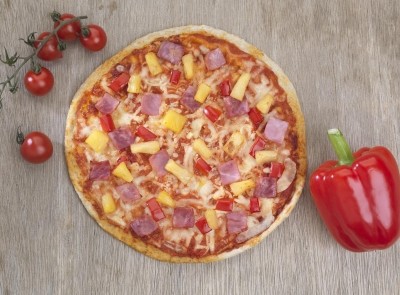Ready meals ruled by sensory indulgence trend

In its 2012 Consumer and innovation Trends in Ready Meals report, the company claims food manufacturers must do more to improve perceptions of ready meals’ sensory attributes. The report covers frozen, chilled, canned and dried ready meals.
“It’s a constant struggle to tackle the negative perceptions of this category,” Tanvi Savara, associate analyst for Datamonitor’s consumer business unit told FoodNavigator.
The company claims leading ready meal brands have been striving for some time to convince consumers that ready meals have more to offer than just convenience. The category is trying to overcome consumer scepticism by focusing on providing more indulgent options, because many still perceive ready meals to be low in quality.
Buy better
According to a 2011 Datamonitor survey covering a cross-section of consumers in 20 different countries, shoppers are aiming to buy better, reflecting a desire for authentic products with greater meaning. Nearly half of global consumers canvassed claimed that products marketed as ‘authentic’, ‘home-made’ or made with ‘real’ ingredients have a high influence on their food and beverage choice.
“We are seeing the introduction of more premium and indulgent options and the introduction of packaging innovations for premium and indulgence,” said Savara.
One example of recent innovation was UK-based S&R Foods’ Whistle Chef range of meals, which uses packaging that makes a whistling noise to indicate that the meals have been cooked thoroughly, she said. The packaging also has a tamper-proof seal.
Increased freshness
Shoppers were also looking for increased freshness from the category, she said. “Three quarters of consumers cite freshness claims as influencing purchasing decisions.”
Other than sensory indulgence claims, Savara said: “An increasing number of brands are trying to emphasise positive health attributes.
“Consumers are placing great importance on meal size and calorie counts as well, which is an opportunity for manufacturers. Based on the survey, 47% of consumers are attempting to eat and drink smaller portions.”
Private label products were trying to replicate the added value, indulgence and health benefits offered by major brands as well, she added.
Convenience in packaging
Convenience in packaging also continued to be a major trend, she said. One instance of this was a Russian firm that had launched a potted snack that comes in paper board that could be squeezed to form a cup, but could also be used as a serving dish.
“Convenience and time-saving dietary options are particularly popular in emerging economies,” said Savara. According to the Datamonitor survey, for example, 68% of consumers in China favoured time saving products.
And in Western markets, there were opportunities for manufacturers that replaced traditional tray or dish type packaging with similar convenient formats, said Savara. Shoppers wanted packaging that was easy to use, efficient and effective.
Other trends
Other trends included experimentation with novel savoury flavours; sustainable packaging; the influence of emerging economies; and the rise of products tailored for niche groups such as those with specific dietary requirements.
In other developments, consumers were becoming increasingly sceptical of the claims some manufacturers were making for their products, Savara cautioned.
Processors were becoming more accomplished in their use of social media to market products, she added. For example, Innocent’s Tweet and Eat campaign had rewarded consumers with discounts based on the amount of times they tweeted about a product on Twitter.

















